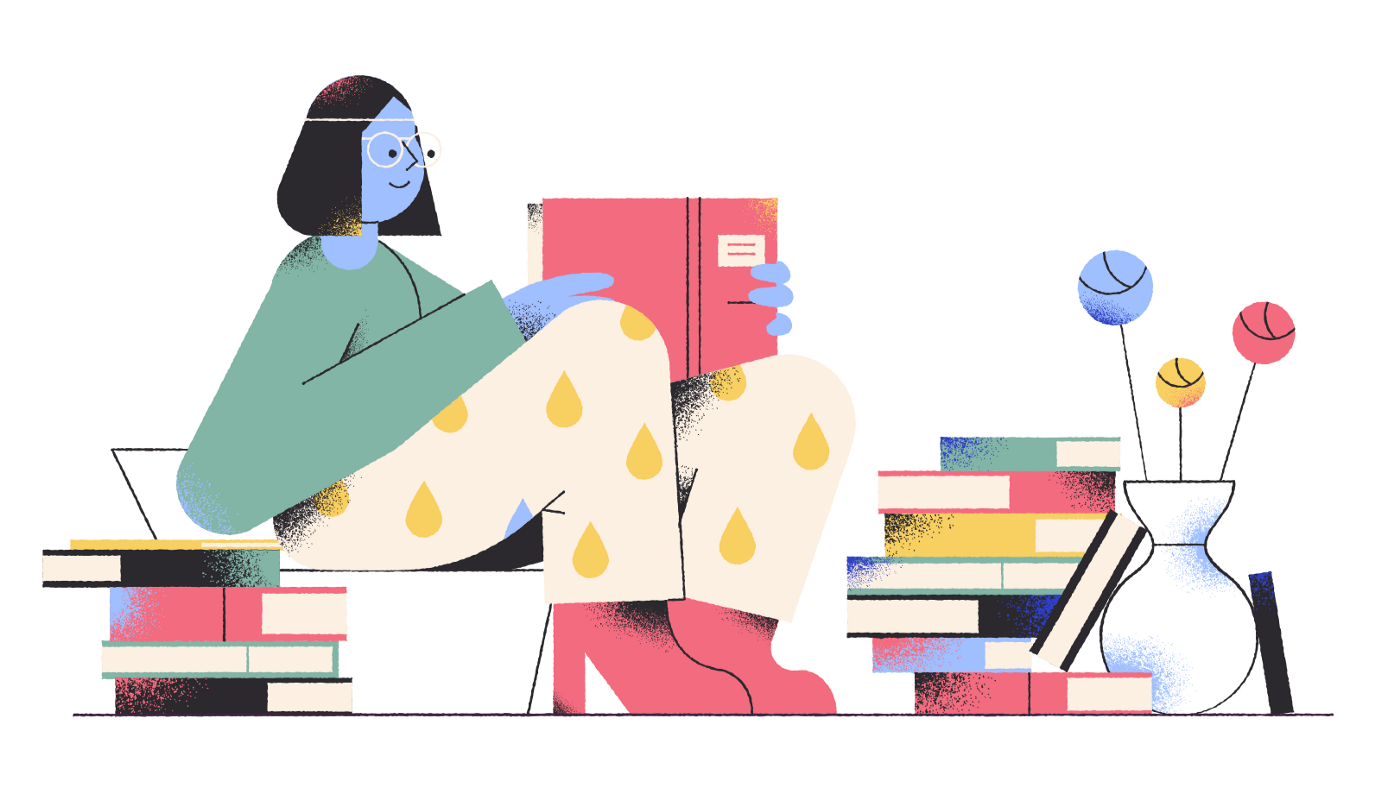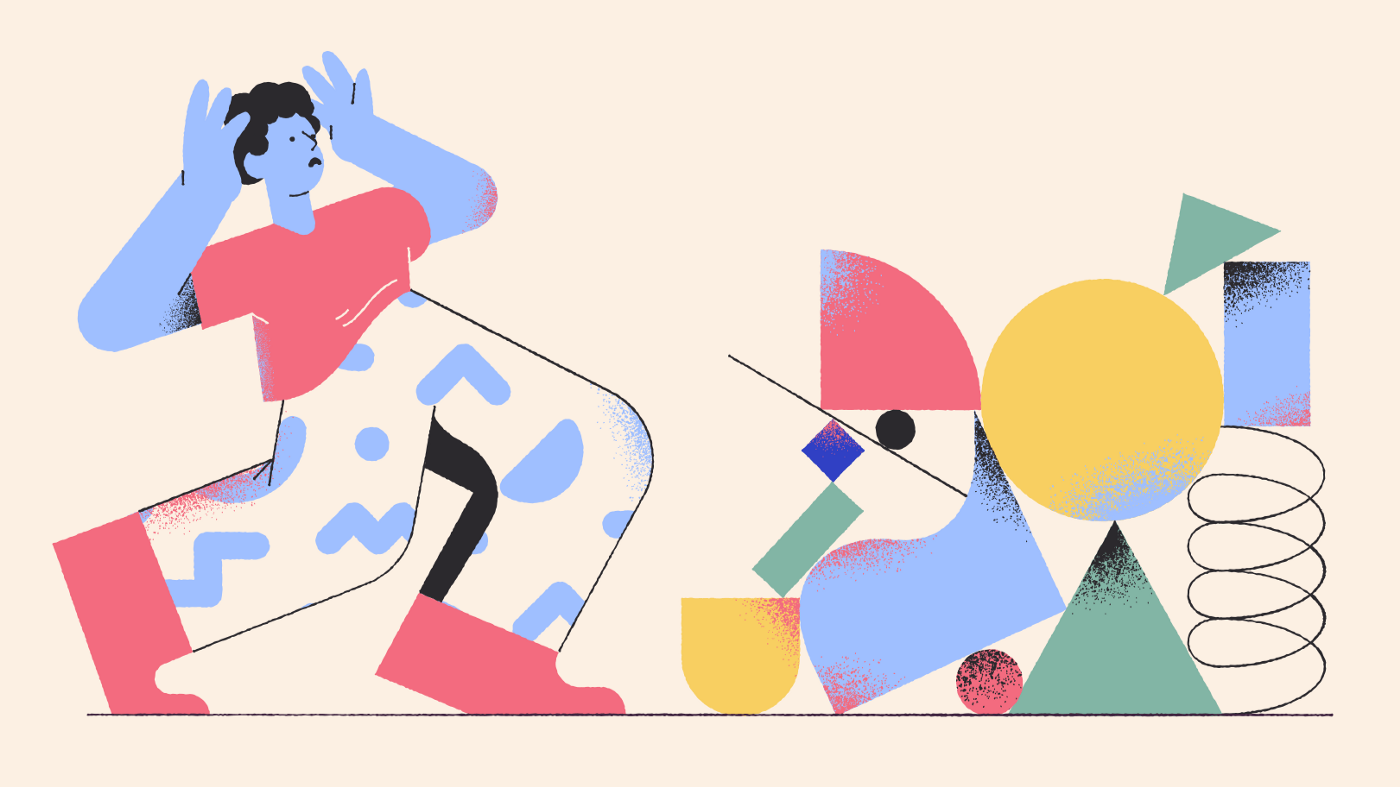There are many qualities that play a key role in becoming a good designer. These qualities are far from being only technical. A designer must be an innovator, a researcher, a communicator a connoisseur, a mediator, a problem solver and a business thinker. We must be multifaceted. Some designers might have some of these qualities and attributes as a default, while others can master them with hard work and dedication. In this post I will talk about the ones I think are most important and the ones that have had the most impact in my professional life.
Be curious, be culturally aware

A big part of a designer being a polymath is being culturally aware. Cultural awareness often comes embedded with the projects themselves. This is one of the best things about being a designer, we get to learn about other disciplines and topics in almost every project. However, this is a benefit that does not come without responsibility. As designers, we have a responsibility to be aware of the world around us. This is because as a designer you need to understand who or what you are designing for in order to do so. Being curious and open to learning about other disciplines or topics will help you design for different cultural contexts. Overall, being culturally aware will help you become a more well rounded designer.
Be a communicator

This is probably one of the most, if not the most, important quality or skill a designer must have. As designers we are always selling and explaining our ideas to other people. These people are not only clients. In fact, we have to continuously sell and explain our ideas to fellow designers, managers, directors, stakeholders, developers etc.
Some may think that having good communication skills means giving flawless presentations and speeches without a hint of hesitation or nerves. Although being a good communicator will help you with public speaking, it goes beyond that. What being a good communicator really means, or at least, its very essence, is being able to talk about our work to other people who might not be involved in the design world in an eloquent, convincing and unbiased way. Designers with good communication skills will drop any type of jargon when explaining or selling their designs to non designers.
Being able to talk about your work clearly and persuasively will make clients feel like they are spending their money wisely and that they can trust that you know what to do and when to do it.
A tip that has helped me become better at talking about my own work is treating everyone as if they were the client. If you are a designer, it’s very likely you have to report to someone above you (i.e a creative director or a senior designer). If you fail to communicate to these people why your design (or a certain aspect of it) is the right choice, they won’t be able to help you sell it to the client. No one wants to help sell something they don’t believe in themselves.
In summary, the way in which a designer talks about their work is as important as the work itself. If you have a great idea and a great design that reflects it, but you cannot articulate why you’ve done what you’ve done, no client will go for it.
This leads us to a problem every designer encounters. How to explain our ‘creative intuition’ as rational. It’s easy to explain why when doing a presentation, small yellow text on a white background is not a good idea. It’s obvious, no one will be able to read it. However, explaining our decisions gets a bit trickier when they come from our creative intuition. Our creative intuition is almost like an internal chip that us designers have that allows us to identify valuable choices or ideas without conscious thought. Some choices just ‘feel right’ while others simply don’t. In spite of our inner convictions we must learn how to explain choices that are fed by our creative intuition as objective and rational. You will find that not many clients will be sold on an idea because ‘it feels right’ to you. Michael Bierut deals with this issue on his blog post ‘On (Design) Bullshit’. He writes ‘The design process always combines the pursuit of functional goals with countless intuitive, even irrational decisions’. Dressing these ideas or choices with rationality is not an easy task but it’s necessary. This rationalisation is almost like a form of politeness.
Nonetheless being able to successfully talk about our work is not enough. We often overlook the importance of listening. Communication is all about reciprocity. We often get carried away with our ideas, our way of doing things, our design etc. However, it’s often surprising to see how much better received our ideas are when we listen to what the client wants and needs. Something that as designers we often forget, is that our clients are buying onto something they cannot see or feel (yet). If you make your client feel like their opinions, worries and needs are heard, they will feel like you are working together (as a team) towards the final outcome. On the other hand if all you focus on is what you have to say, they might start to feel as if they are not going to get what they paid for and the whole design process might start to feel like a gamble to them. In essence, your opinions will get the value they deserve if you value others. We must not forget that ultimately, the client knows more about their product than we do and we should try to benefit from this to provide a good design rather than ignore it to impose our own.
Be a pro at managing your time

This has been one of the most important learning curves for me as a designer. All my life I have been taught to not give or present something that is not perfect. I’ve heard this in school, at home, at university and on many other occasions. This concept, though it might have a desire for excellence at heart, is very dangerous in the working world. Till this day I struggle to internalise and apply the phrase ‘better done than perfect’.
When you focus on done, rather than you start to manage your time in a more efficient way. This however, does not mean you disregard quality. In fact, having more time to do a project does not always mean a higher quality of work. When we are involved in a project no amount of time seems to be enough to achieve the ‘perfection’ in our heads. We often feel like we need more time, but eight out of ten times what we do with that time is everything but invest it on the project in hand, which leads us to completing it in the same amount of time we had to start with.
The quality of your work won’t vary dramatically if given more time to complete a project or deadline (given that the initial time given was in some measure, reasonable for the workload). In fact, most probably very few (if any) people will take great notice in the improvements made in that extra time. However, if you don’t manage your time well and miss a deadline everyone seems to notice.
This brings us to estimates. If you work at a design agency or any other type of design team, it is quite possible you have had to estimate the time it will take you to complete a few tasks. You might have some help (i.e a great project manager) but ultimately it’s your responsibility to estimate properly. Estimates allow the team and the client to keep momentum of the project and they keep everyone updated and on track. The problem we face with estimates is that they are, to an extent, guess work. Often, we feel the need to over deliver and so we set unrealistic goals (in the form of estimates) for how much we can achieve in a specific period of time. This leads us to the opposite of what we wanted to achieve, we over promise and underdeliver. The problem with underestimating is that it creates a loop, it starts with wanting to over deliver. This need might come from wanting to impress the client or whoever is going to hold you accountable for those estimates, from not putting enough thought into what you are estimating for or even from a lack of experience with estimating time. In this loop, our need for wanting to give more than what was asked of us is followed by the realisation that you don’t have enough time to finish the task. When this happens many of us put in extra time to be able to make the deadline. Once we have overworked ourselves and somehow managed to finish the work, we might feel like we have worked hard and our extra hours deserve some type of recognition. However, no one really asked us to overwork ourselves and with good reason, no one will congratulate you for working extra hours that could have been avoided in the first place (with a more realistic estimate). This loop that starts with underestimating followed by working many extra hours to meet the deadline and then wanting some kind of recognition for that extra work you put in, always fails. Everyone ends up being frustrated. The client doesn’t get what you promised, your team (and especially your project manager) is let down and you end up being overworked and feeling unappreciated. In summary we must underpromise and over deliver and the easiest way to do this is to overestimate the time it will take you to do the work.
Be comfortable with the chaos and solve it

As designers, and more specifically, user experience designers, our job is to embrace chaos and transform it into an easy to use, simple solution. We must be problem solvers. I like to think of the chaos as a very tangled set of Christmas lights. We take the lights, untangle them and lay them in a way that works. In this post I won’t be tapping into the process designers go through to solve problems. Instead, I’d like to tap into how you can become a problem solver and how to train your mind to embrace a problem rather than be put off by it.
The first step to having a problem solving mindset is analyse how you react to a problem. Do you freeze? Do you ignore it? Or do you try to solve it? The last approach is the only viable one if you want to have a problem solving mindset. However, in my own experience I have often been guilty of either freezing or ignoring it (often by procrastinating). The main issue with freezing and ignoring a problem is that you start building a wall between you and your own capabilities. You become stuck and the more stuck you are the more you feel like you can’t solve it. Solving problems is a key skill as a designer but if it’s not in you as a default you can certainly develop it and become better at it.
The first thing you have to do when you are presented with a problem is identifying that there is, in fact, a problem. Once you have identified it you can start to analyse its true nature. Get to know the details of the problem. For this step you can ask questions like, what caused the problem? How big is it? Or what are the consequences of leaving it unsolved? Once you know what the problem truly is, you can define what you are trying to achieve, what the outcome of the problem solving process is. Then you can start thinking of solutions and evaluating those potential solutions.
Conclusion
As designers we have to juggle multiple skills. We often put most of our focus in developing our hard skills. While this is beneficial as hard skills build up our portfolio, developing the skills and attitudes outlined in this post is key to becoming the best designer you can be.


